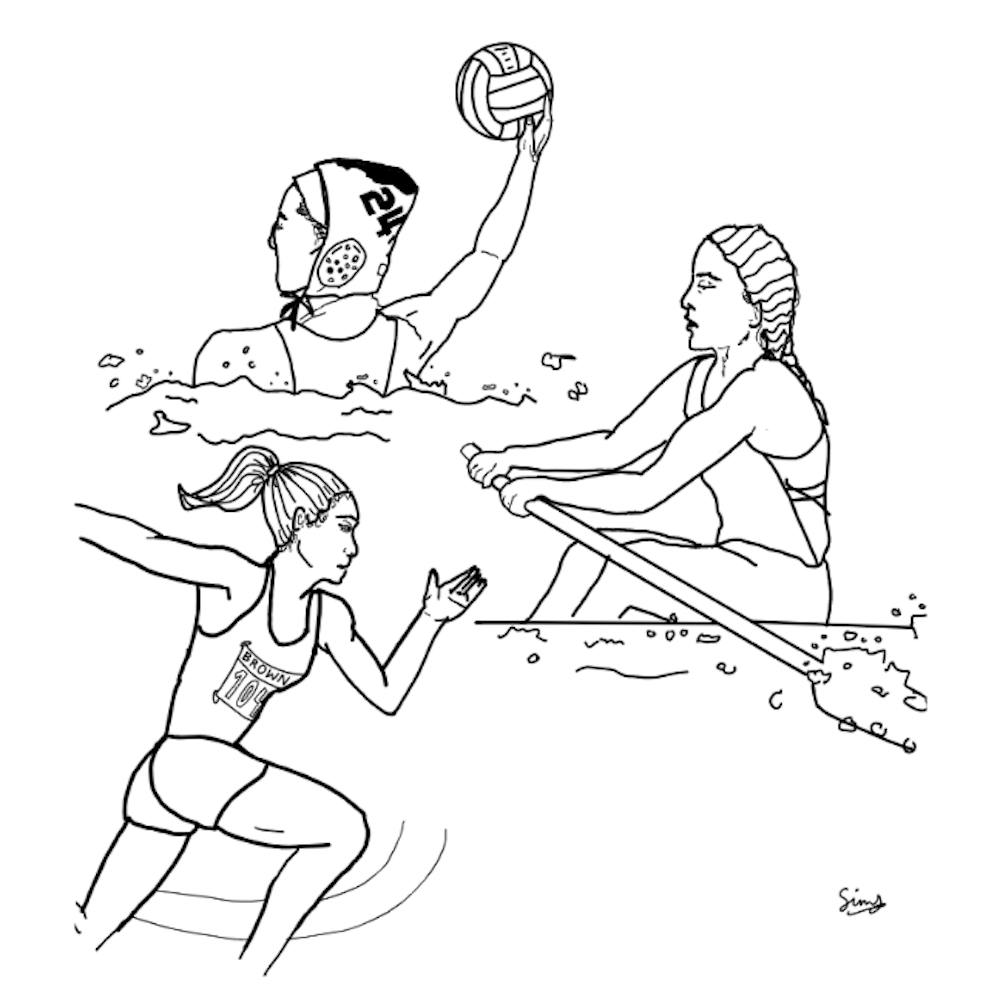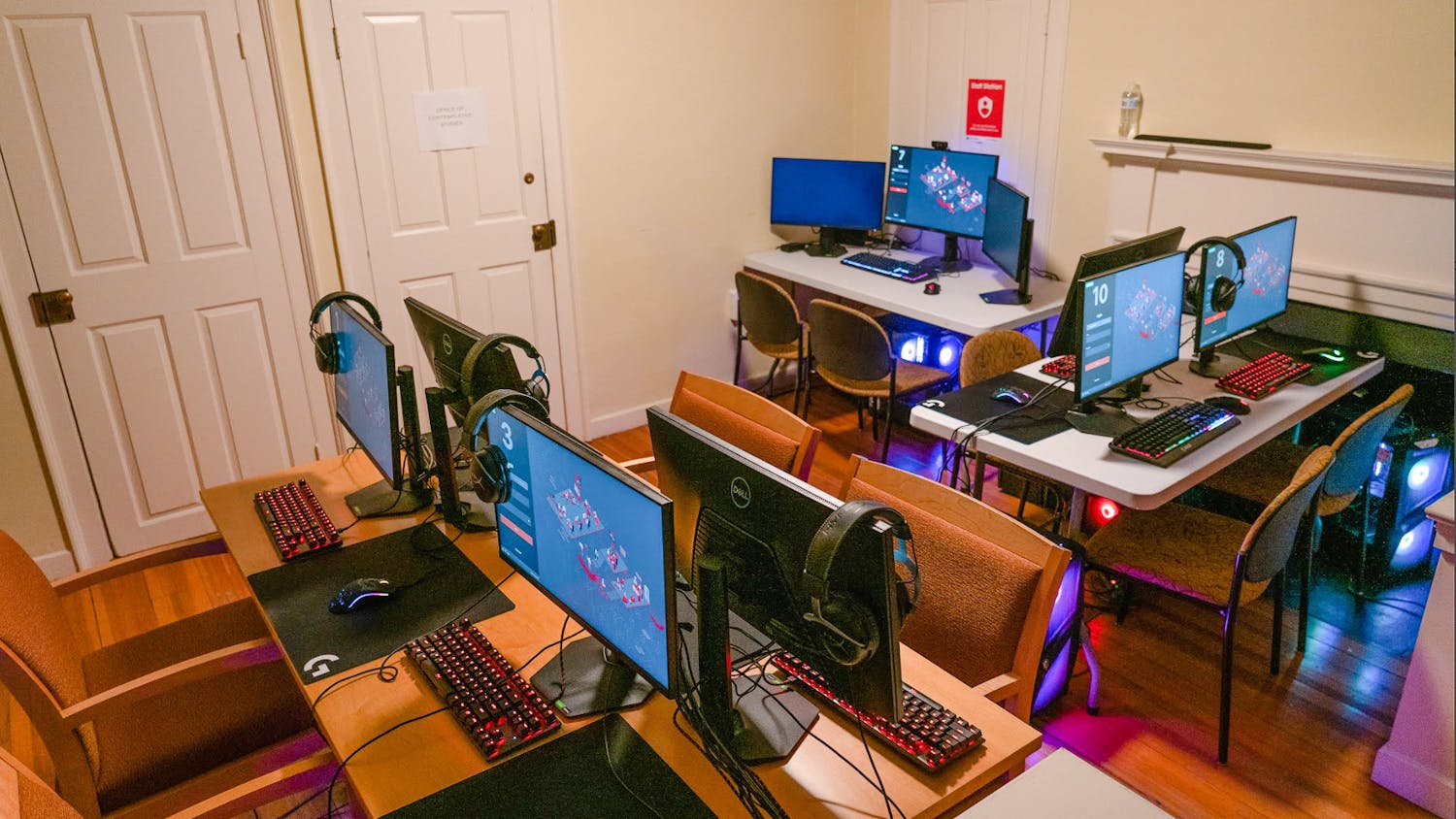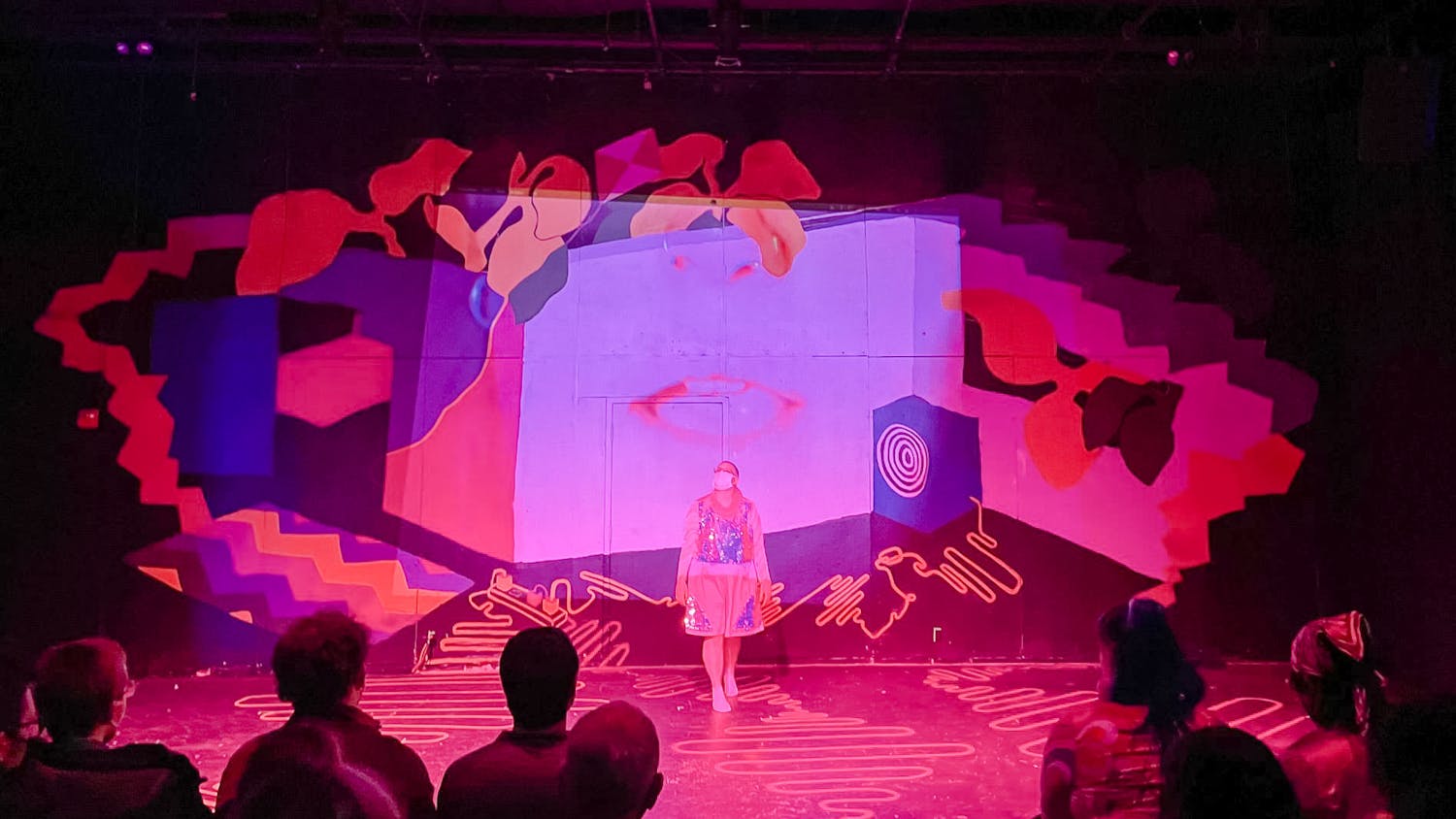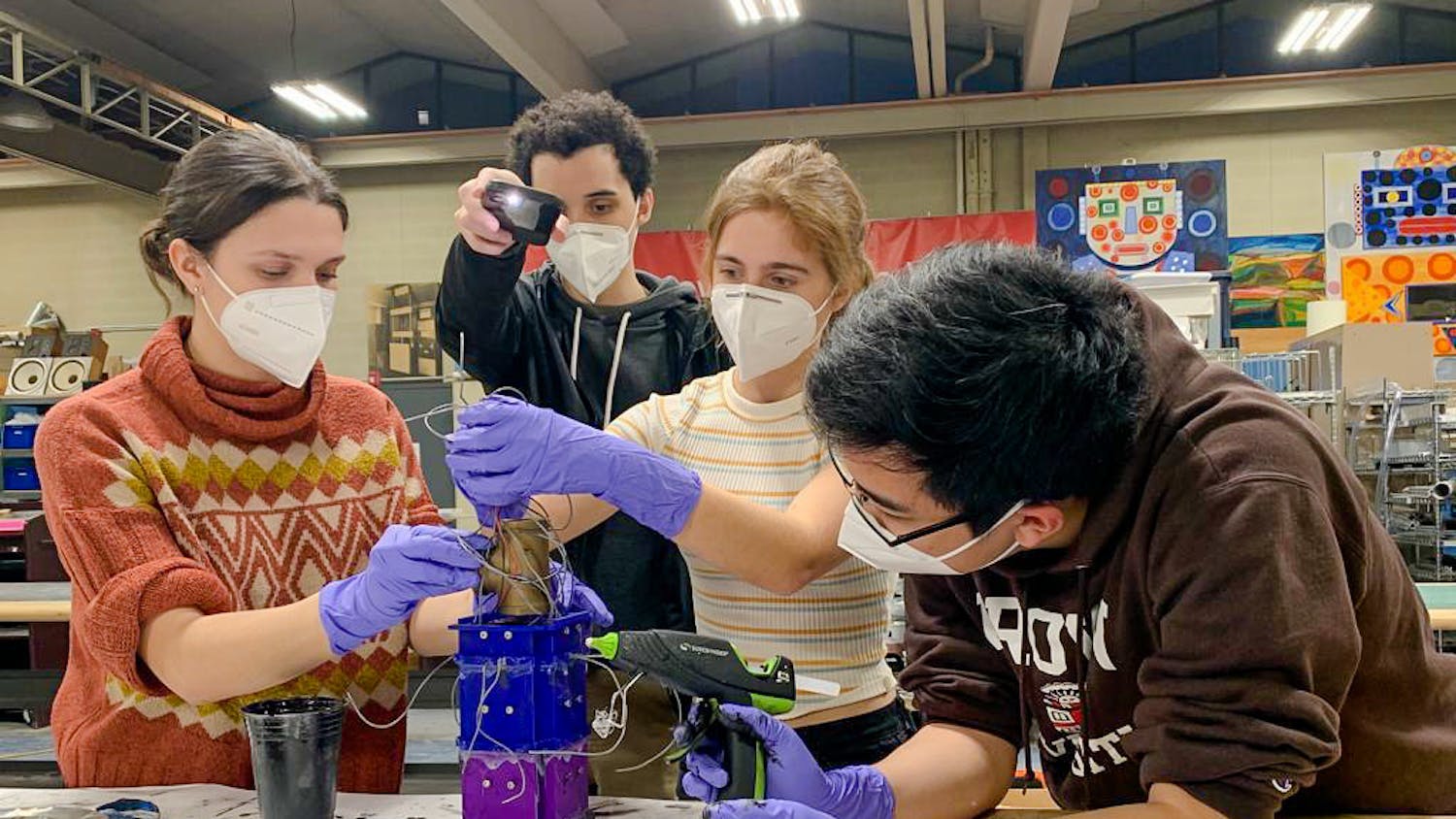For Emily Kompelien ’22, captain of the women’s track distance team, fully dedicating herself to her sport can be challenging at times. The task is made easier, though, with her teammates holding “each other to be their best athletic selves” and giving each other support, she said.
The Herald spoke to four women who lead varsity spring teams at the University about how a sense of community motivates their teams, drives their love for their sports and creates support systems both in and out of competition.
Kompelien explained that while each of her team members are training for their own event, they always work together when it comes to meets.
Similarly, a sense of individual performance complements the collective teamwork within women’s crew, according to Bridget O’Callahan ’22, co-captain of women’s crew.
When you’re on the rowing machine, crew can feel like an individual sport, she explained. “But then when we're actually racing, you're in a boat of eight people and you have to be totally in sync,” she said. O’Callahan added that having a team mentality is more important than focusing on how each teammate does individually.
Hannah Yazdani ’22, co-captain of women's crew, said that as an upperclassmen, she advises her teammates about how they can tackle difficult experiences and emotions while playing a D1 sport. The team acts as a resource for life outside of crew, giving each other advice on academics and personal struggles, she said.
Playing a sport at a highly competitive level has a huge mental component, so it is important for teammates to support each other, according to Claire Pisani ’23, an upperclassman on the women’s water polo team.
Pisani said that before the water polo season started, she and another upperclassmen “set up a meeting about team norms and team culture.” In this meeting, the group discussed mental health and showed team members how to access campus resources.
The goal of the meeting was to “set up this culture where especially the underclassmen can come to us if they have any questions” and for team members to be able to experience an open dialogue, Pisani said.
When she was a first-year, the upperclassmen on her team emulated this culture, so it is something the team has tried to continue each year, Pisani added. Because athletic spaces can be heteronormative, it is important for the team to establish norms to combat biases and be aware of sources for support, she said.
For Kompelien, the track team creates a similar “space of love” that encourages team members to speak about their concerns — including relationships with coaches, injuries or feeling overworked. She explained that this transparency helps destigmatize the issues team members encounter each day.
In these conversations, the team has also worked to recognize what healthy and unhealthy relationships with food are and where team members can get support if they are struggling, Kompelien said.
It is important for athletes to stay positive about their bodies, because it is their bodies that allow them to excel in their sports, Pisani added. Societal beauty standards can sometimes weigh heavily on athletes, she said, but successful athletes have “so many different body types.”
“What society expects of women and what you need to be as an athlete often are so different,” O’Callahan said, speaking on the expectations that are placed on women beyond appearances. “It's your image, but also the way you need to act.”
“Our ideas of sports and competition are so male-oriented and there's a much longer history with men's sports,” which contributes to what society expects from women, she said. For O’Callahan, female representation in sports is important to counter these biases. Because being aggressive and competitive are attributes often associated with men in society, women are sometimes underestimated, she added.
Yazdani’s team recognizes that crew is an exclusive sport because it is so expensive. To promote accessibility, the crew team volunteers with STEM to Stern, which aims to create more diversity in crew, she said. STEM to Stern eliminates barriers to the sport by helping community members with transportation, swimming and academics. Members of the crew team fundraise, teach and coach crew for the organization..
Each team member The Herald spoke with highlighted how the atmosphere of support their team creates allows women to come together for the common purpose of sport.
“With 50 other girls doing the same thing,” Kompelien said, “it's a pretty powerful community.”

Elysée is a writer for metro, a producer for the Bruno Brief podcast and an aspiring card game creator. She is a second-year student studying International and Public Affairs on the Policy and Governance Track.





